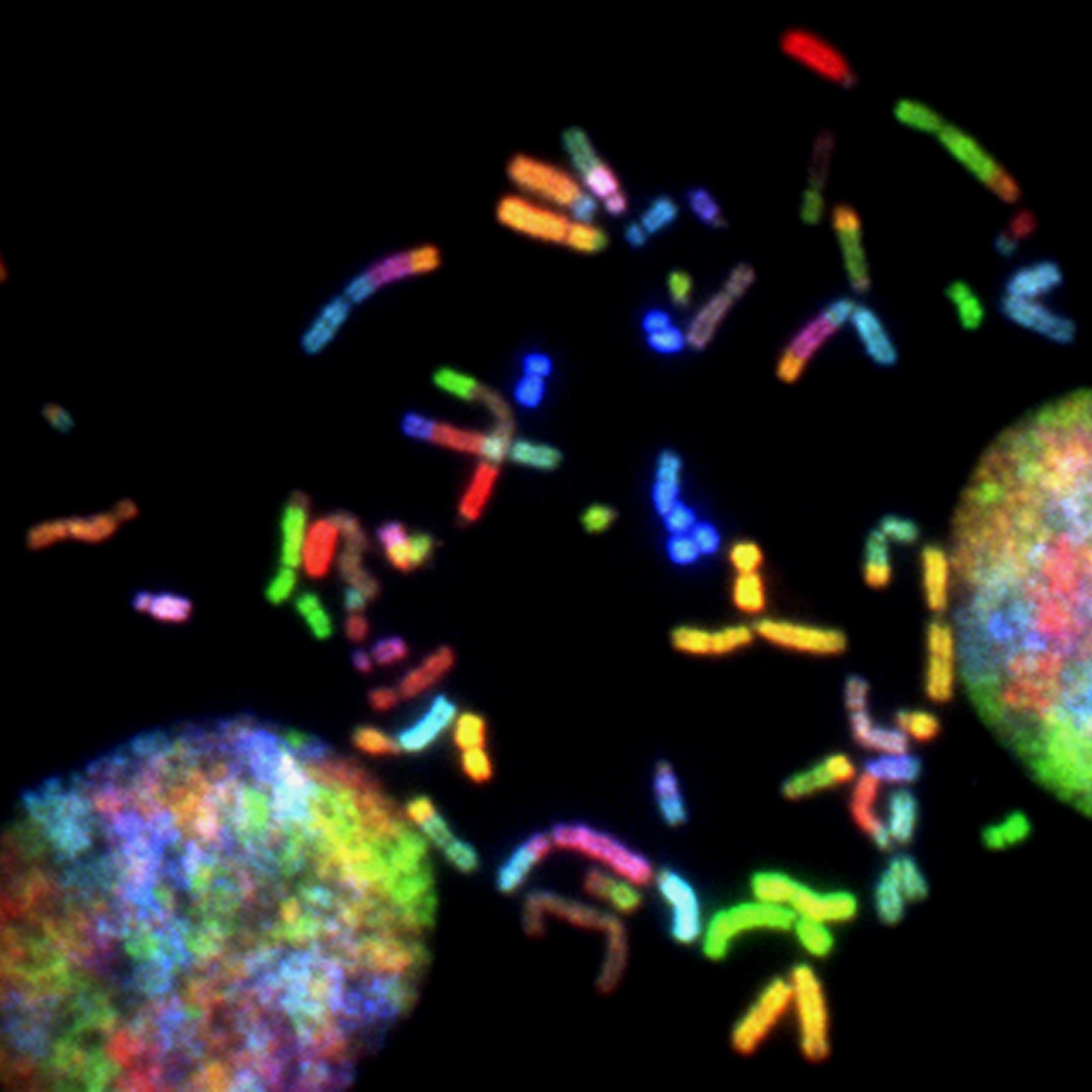
Biotechnology
- Brain-controlled bionic limbs are inching closer to realitywww.sciencenews.org Brain-controlled bionic limbs are inching closer to reality
Bionics engineers typically view biology as something to be worked around. “Anatomics” engineers the body to be part of the system.
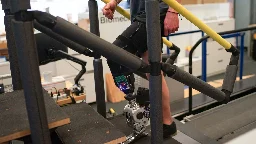
- Enhancing microbe memory to better upcycle excess CO2phys.org Enhancing microbe memory to better upcycle excess CO₂
While some microbes can make people sick or spoil food, others are critical for survival. These tiny organisms can also be engineered to make specific molecules. Researchers reporting in ACS Sustainable Chemistry & Engineering have rewired one such microbe to help tackle greenhouse gases in the atmo...
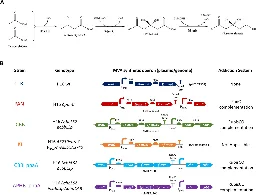
- The promise of synthetic cellsphys.org The promise of synthetic cells
For over a decade, scientists have made extraordinary progress on the long-held dream of fabricating an entire cell from nonliving molecules and materials.
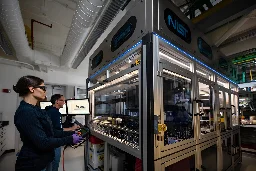
- Kitchen sponges can be used as memory deviceswww.nature.com Kitchen sponges can be used as memory devices
Study shows potential for helping mimic architecture of the human brain
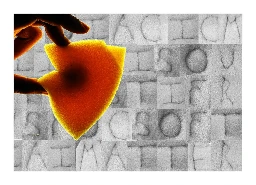
- Genetic discovery delays peach bloom, safeguards crops from spring frostphys.org Genetic discovery delays peach bloom, safeguards crops from spring frost
In a pivotal advancement for fruit agriculture, scientists have pinpointed a gene mutation in peach trees that governs the timing of flowering, a trait critical for evading spring frosts. This genetic insight could transform breeding practices, enabling the development of late-flowering fruit variet...
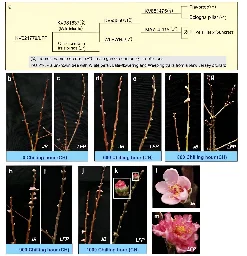
- Researchers at MIT Use Light-sensitive Proteins to Stimulate Muscle Contractionsnews.mit.edu MIT scientists learn how to control muscles with light
MIT researchers developed a way to help people with amputation or paralysis regain limb control. Their optogenetic technique could offer more precise control over muscle contraction, along with a dramatic decrease in muscle fatigue.
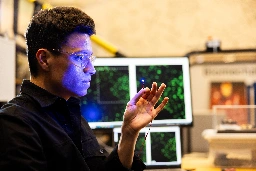
- Microrobots made of algae carry chemo directly to lung tumors, improving cancer treatmentmedicalxpress.com Microrobots made of algae carry chemo directly to lung tumors, improving cancer treatment
Tumors that travel to the lungs, or lung metastases, pose a formidable challenge in the realm of cancer treatment. Conventional chemotherapy often falls short because it's inefficient. It doesn't directly target the lungs or accumulate in a high enough concentration to kill tumors.
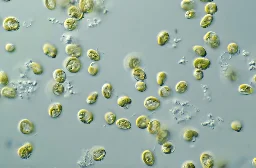
- Biotech companies are trying to make milk without cowswww.technologyreview.com Biotech companies are trying to make milk without cows
The bird flu crisis on dairy farms could boost interest in milk protein manufactured in microorganisms and plants.
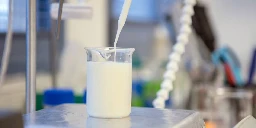
- Possible reversion of an 80-year-old to the age of 26 using pig's bloodnews.yahoo.com New compound from pig blood reverses ageing in rats, groundbreaking study claims
Study co-author says he ‘could hardly believe the profound epigenetic rejuvenation effects’
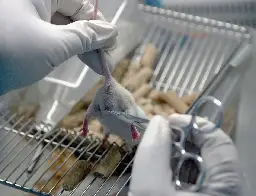
- Gene discovery may help growers battle grape downy mildewphys.org Gene discovery may help growers battle grape downy mildew
Researchers at Cornell have discovered a new grape downy mildew resistance gene—giving the wine and grape industry a powerful new tool to combat this devastating disease.
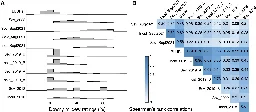
- Scientists discover secret of virgin birth, and switch on the ability in female fliesphys.org Scientists discover secret of virgin birth, and switch on the ability in female flies
For the first time, scientists have managed to induce virgin birth in an animal that usually reproduces sexually: the fruit fly Drosophila melanogaster.
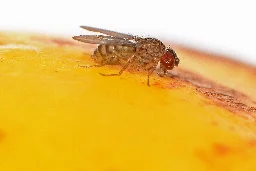
- A biological camera that captures and stores images directly into DNA - Nature Communicationswww.nature.com A biological camera that captures and stores images directly into DNA - Nature Communications
DNA data storage has gained recent interest due to the high information density of DNA. Here, the authors have developed a method to directly capture information in the form of light and encode it into DNA via bacteria, analogous to a digital camera.

- Biotechnology offers holistic approach to restoration of at-risk forest tree species: Solution depends on regulators, scientists and public supportwww.sciencedaily.com Biotechnology offers holistic approach to restoration of at-risk forest tree species: Solution depends on regulators, scientists and public support
Many at-risk forest tree species will probably need biotechnology along with traditional tree-breeding approaches to survive, according to new insights.

- AI and CRISPR precisely control gene expression: RNA-based predictive models developedwww.sciencedaily.com AI and CRISPR precisely control gene expression: RNA-based predictive models developed
The study combines a deep learning model with CRISPR screens to control the expression of human genes in different ways -- such as flicking a light switch to shut them off completely or by using a dimmer knob to partially turn down their activity. These precise gene controls could be used to develop...

- New AI tool beats standard approaches for detecting heart attackswww.sciencedaily.com New AI tool beats standard approaches for detecting heart attacks
A new machine learning model uses electrocardiogram (ECG) readings to diagnose and classify heart attacks faster and more accurately than current approaches, according to a new study.

My alma matter looking good. :)
- Improvement to CRISPR gene editing could make it more effective: The finding opens the technology to wider use for more diseaseswww.sciencedaily.com Improvement to CRISPR gene editing could make it more effective: The finding opens the technology to wider use for more diseases
CRISPR gene editing is a breakthrough that has been used to treat diseases such as sickle cell anemia, leukemia and genetic disorders, but it has challenges that limit its broad utility. Identifying the root of those issues led a research team at Duke Health to find an improved approach to gene edit...

- Robotic glove that 'feels' lends a 'hand' to relearn playing piano after a strokewww.sciencedaily.com Robotic glove that 'feels' lends a 'hand' to relearn playing piano after a stroke
A new soft robotic glove is lending a 'hand' and providing hope to piano players who have suffered a disabling stroke or other neurotrauma. Combining flexible tactile sensors, soft actuators and AI, this robotic glove is the first to 'feel' the difference between correct and incorrect versions of th...

- Clever Aussie brain-computer interface leaves your skull intactnewatlas.com Clever Aussie brain-computer interface leaves your skull intact
Australian startup Synchron, backed by Bill Gates and Jeff Bezos, looks set to beat Elon Musk's Neuralink to market with a safe, reliable brain-computer interface that any hospital can quickly install – without cutting a hole in your skull.
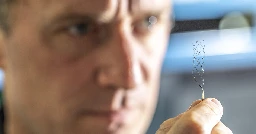
- Mechanical Implant Stirs Wasting Muscle Back into Actionwww.the-scientist.com Mechanical Implant Stirs Wasting Muscle Back into Action
An implantable device stimulates muscle contraction and prevents muscular atrophy in mice.
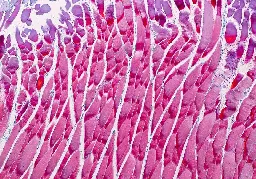
- Digitally designed protein works like an antifreeze for biological materialphys.org Digitally designed protein works like an antifreeze for biological material
Dutch and American researchers have used computer simulations to develop a protein that works like an anti-freeze agent. Researchers could use this protein to freeze and defrost biological material such as immune cells, sperm and perhaps even donor organs in the future, without causing any damage to...
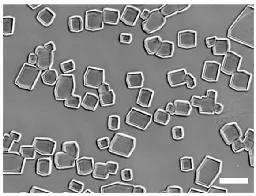
I haven't editorialized the title, but I don't like it since the desired protein structure was thought up by the grad student and the "digitally designed" piece just seems to be some MD modelling to confirm the desired outcome before synthesis.
That being said, I thought this was interesting since freeze/thaw (F/T) stress is ubiquitous in the life sciences and something that is especially important to the emerging field of cell therapy. Typically, excipients like sucrose, trehalose, or glycerol are used to preserve biological molecules during F/T, but they are not protective in every case. Developing alternative means to protect during F/T gives people like me that develop therapeutic formulations more options to turn to in the case of difficult molecules.
doi: https://dx.doi.org/10.1073/pnas.2220380120
- The Biotech Edge: How Executives and Well-Connected Investors Make Exquisitely Timed Trades in Health Care Stockswww.propublica.org The Biotech Edge: How Executives and Well-Connected Investors Make Exquisitely Timed Trades in Health Care Stocks
Secret IRS records reveal dozens of highly fortuitous biotech and health care trades. One executive bought shares in a corporate partner just before a sale, and an investor traded options right before a company’s revenues took off, netting millions.
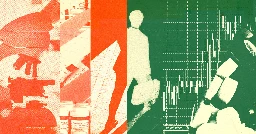
- UKRI and Science Creates launch engineering biology acceleratorwww.ukri.org UKRI and Science Creates launch engineering biology accelerator
UKRI and Science Creates have launched a new accelerator programme for innovative engineering biology scientists in the UK, in partnership with industry experts.
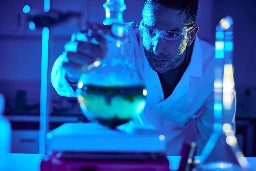
- Octopus-inspired drug delivery patch
This paper details a new hydrogel patch coated in microneedles used to delivery medication to tissues. The design of the patch was inspired by the Blue-ringed octopus and the method by which it administers toxins.
Unrelated to this paper (which is really cool) I feel like scientific figures have really fallen prey to a trend to cram too much information into each figure, making them impossible to comprehend. This paper as an example features two figures that go all the way from A through L. If you have to use almost half the alphabet to label your figures, maybe something can go to supplemental information.
doi: https://doi.org/10.1126/sciadv.adh2213
- The art and science of living-like architecturewww.sciencedaily.com The art and science of living-like architecture
Collaborators have created 'living-like' bioactive interior architecture designed to one day protect us from hidden airborne threats. This publication establishes that the lab's biomaterial manufacturing process is compatible with the leading-edge cell-free engineering that gives the bioactive sites...

- An app can transform smartphones into thermometers that accurately detect feverswww.washington.edu An app can transform smartphones into thermometers that accurately detect fevers
A team led by researchers at the University of Washington has created an app called FeverPhone, which transforms smartphones into thermometers without adding new hardware.
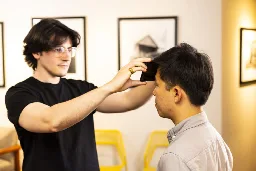
- Pangolin, the inspiration for a medical robot: Robot is made of metal and yet is soft and flexiblewww.sciencedaily.com Pangolin, the inspiration for a medical robot: Robot is made of metal and yet is soft and flexible
Scientists have developed a magnetically controlled soft medical robot with a unique, flexible structure inspired by the body of a pangolin. The robot is freely movable despite built-in hard metal components. Thus, depending on the magnetic field, it can adapt its shape to be able to move and can em...

- RNA Nanoparticle Therapy Stops the Spread of Incurable Bone Marrow Cancer, Study Findsmedicalxpress.com RNA nanoparticle therapy stops the spread of incurable bone marrow cancer, study finds
Multiple myeloma is an incurable bone marrow cancer that kills over 100,000 people every year. Known for its quick and deadly spread, this disease is one of the most challenging to address. As these cancer cells move through different parts of the body, they mutate, outpacing possible treatments. Pe...

cross-posted from: https://beehaw.org/post/572701
> This article describes using lipid nanoparticles (LNPs) containing silencing RNA (siRNA) to slow or prevent the spread of cancerous multiple myeloma cells through the body. > > What I found interesting about this approach is that these LNPs do not target the cancerous cells themselves, but rather targets healthy endothelial cells lining blood vessels in the body. The mechanism of action is to reduce the expression of a protein (CyPA) that cancer cells use to aid their spread through the body. So, these LNPs are simply used to help contain and localize the cancerous growth while traditional cancer treatments are used to treat the malignant cells. > > A significant challenge for this approach going forward is tuning the targeting and biodistribution of the LNPs. Most LNP treatments end up in either the liver or spleen where they transfect cells in those organs and express protiens. I don't have direct experience with siRNA molecules, but transfecting epithelial cells in a lasting way could prove difficult as it scales up from mouse models. > > doi: https://dx.doi.org/10.1073/pnas.2215711120
